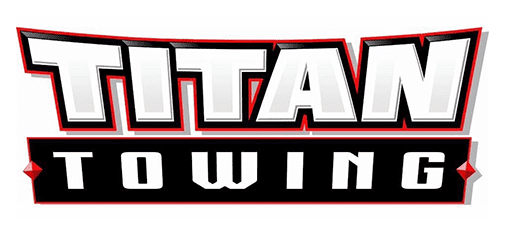- SNOW- Brush the snow off your vehicle before leaving the house. You want other vehicles to be able to see your headlights/taillights. Also, if you let the wind blow the snow off your vehicle as you drive, you are causing visibility issues for the people behind you.
- MAINTENANCE- Winter tires are definitely recommended for our Canadian winters, but not always feasible for everyone. Make sure you have at the very least, all season tires with good tread.
Always top up your washer fluid. With the sand and salt on the roads, it gets slushy and dirty. Many shops will do a winter inspection for a low price or sometimes free of charge. Make sure your vehicle is in good working order. - LIGHTS- Turn your headlights/taillights ON! Vehicles are now equipped with daytime running lights, but that does not include your full headlights or taillights. Manually turn lights on when the days are shorter and visibility is reduced.
- STOP/GO- accelerate and slow down – slowly. This is especially important on hills, bridge decks, on/off ramps and intersections.
- SPACE- Snow and ice can triple your stopping distance. Leave more-than-normal space between you and the car ahead of you. Rule of thumb- count atleast 5 full seconds between you and the vehicle in front of you. (When the vehicle in front of you passes a sign or object, count the seconds to when you pass the same object). When stopping at a light, make sure you can see the rear tires of the vehicle in front if you.
- STOPPING- intersections ice up fast. Give yourself plenty of time to stop at street lights and stop signs, without having to brake hard. Let off the gas and let your vehicle slow down. If you start sliding and are going to hit the vehicle in front of you, if possible, use the snow bank or curb to stop your vehicle. (Only use this technique if you are driving slow). When making a turn, put your signal light on well in advance so other drivers know you are going to turn. Slow down well in advance of your turn so you are not braking, as intersections become very icy. If you are in a turning lane and making a left turn, keep your wheels straight. If you get hit from behind you don’t want to be pushed into oncoming traffic.
- SKIDDING- If you find yourself in a skid on the highway, ease off the gas pedal—don’t apply the brakes—and look and steer where you want the vehicle to go. If you are going into the ditch- look where you want to go in the ditch and drive straight in. Do not try to recover and turn back towards the road as this is how your vehicle will roll.
- AMBER & RED MEANS…. Snowplow ahead! Don’t crowd the plow. While it is legal to pass snowplows, always give operators room to work—to prevent collisions and help them clear roads faster. Plows can impact visibility by scattering loose snow, so slow down, stay back and wait for the plow to move aside before attempting a pass.
- SLOW DOWN AND MOVE OVER for tow trucks and emergency responders—it’s the law. In Alberta, motorists MUST SLOW to at least 60 km/hour (or less if the posted limit is lower) when they’re in the lane next to a police vehicle, ambulance, fire truck or tow truck with lights flashing. On highways, try to move to the far lane to give operators room to work safely.
If we are winching a vehicle out of the ditch- it’s probably because the roads are icy. So SLOW DOWN & MOVE OVER so you don’t slide into us!!
- PEDESTRIANS- Pay special attention in intersections, crosswalks, school & playground zones.
- CRUISE- Never use cruise control on winter roads.
- EMERGENCY- Invest in a roadside emergency kit. You never know when you will need it! Dress for the weather or atleast have winter attire in your vehicle. You may think you won’t need it because you are in the car with the heat on, but if you break down, it will get cold very fast! Have a phone charger in your vehicle and make sure your phone is fully charged in case you need to call for help.
- TAKE A BREAK- You want to be alert when driving. If you are tired or the blinding snow is making your eyes go wonky- pull over in a safe place and take a break.
If you have any tips or suggestions that were not covered above, feel free to add them in the comments! Safe travels everyone!


